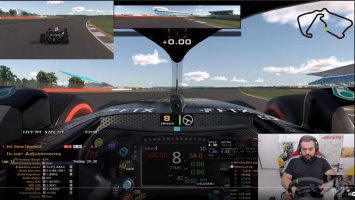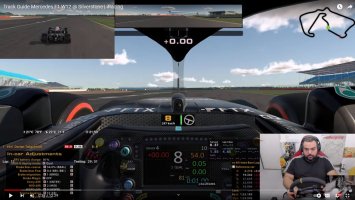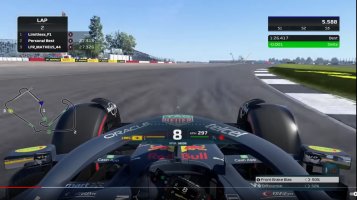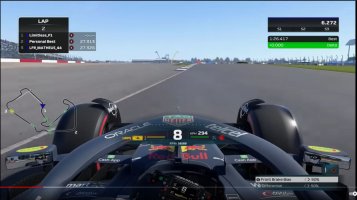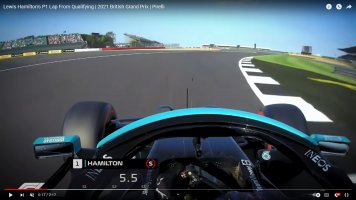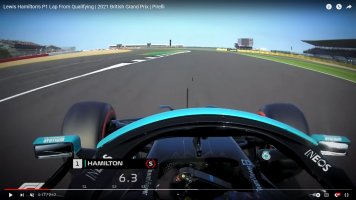Hi, very impressed with your system from what I've seen in thr video reviews as well as this thread. Couple questions:Good to hear and thank-you for the feedback!
To be honest we haven't tuned or played with turbulence yet so I am pleased that its coming through the regular motion layers. (I estimate we are about 20% done with xplane11 and xplane12 is just around the corner offering better physics/dynamics) I will need to DM you to get your settings and conditions for that turbulence as my experience thus far has been too muted.
I have flown a few Cessna's in real life and never ultralights (too husky lol) but turbulence cannot be an effect IMHO. I've felt/experienced those turbulence effects before and its cool at first, but quickly becomes tiresome for me, but probably not for most. Just my opinion, but what I mean is that after a while you can feel that the effect is slowly ramping up and down, and the "variety" of the effect does not have the 'entropy' or the variation of variation that is found in nature or from various possible combinations in the sim. Each laminar flow is sooo different, so unique. A good example is a glider. The turbulence of a glider is not same, at all, as that of a 747 and that of a F-18, yet they play the same. First world problems right!
But this is going to be a challenge for us for sure and will take proper amount of time. We haven't even started discussing the various engines, such as helicopter, turbo-prop, jet, dual engine etc... LOL and their variations... a good challenge. ;-)
1) Are there any plans to post a video of the DK2 with a flight sim? Curious to see how it looks and feels. I assume 2" of travel works for most things, save for sharp turning, or steep climbs or descents.
2) Apologies if this has already been addressed in this thread, but SRG raised a key point in his video review, which is the lack of ability to save profiles. This is a huge deal to be able to save game-specific as well as car-specific profiles.
3) Another item he raised was a potential switch from using a RJ45 connection to a USB connection. Is there an ETA for this? I'm fine either way, however it's more plug and play friendly using USB.

